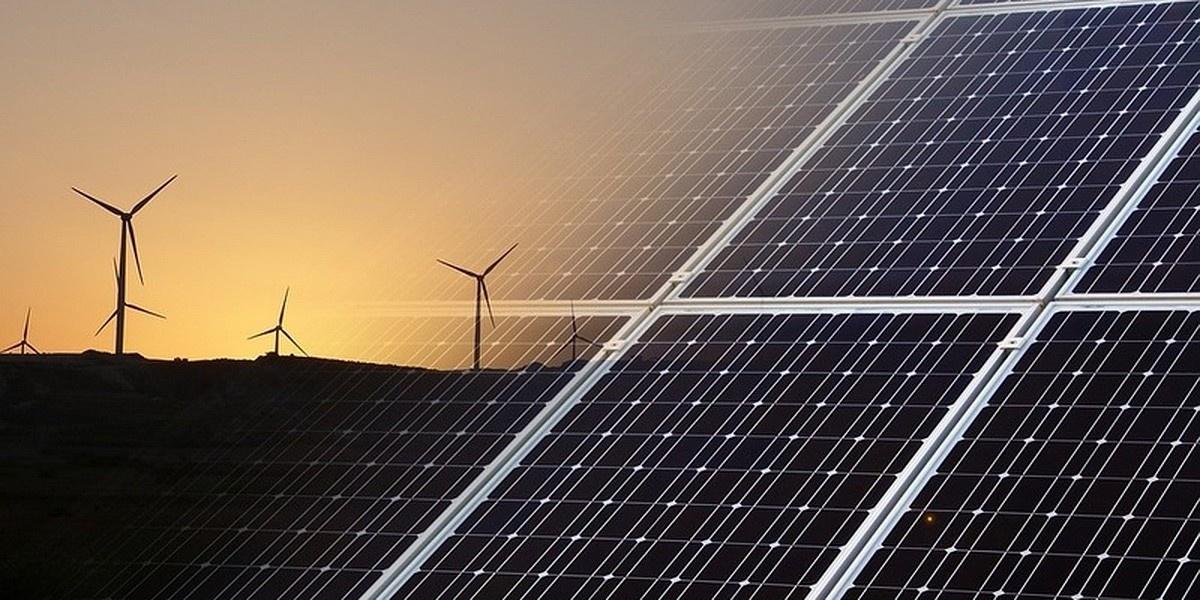From The Land Of The Brave To The Land Of Energy Production
Over the next 30 years Namibia’s population is set to almost double, and like the rest of the world, more and more people will be living in urban areas or cities (worldpopulationreview.com). This means that more people will be using electricity and the demand for energy will increase dramatically. In 2017, an incredible 50% of the population did not have access to electricity (Donnenfeld, 2017). In 2015, Nampower produced approximately 420 MW of electricity (NamPower), while peak demand stood at a 656MW. In order to cover our large shortcoming, NamPower agreed on a 5-year power purchasing agreement with Eskom, South Africa’s main energy producer, generating an addition 200MW of electricity to keep our lights on (Donnenfeld, 2017).
In laymen’s terms, we are dangerously dependent on South Africa for a significant portion of our electricity, and by ourselves, we would only be able to supply just over half the amount electricity currently produced. Now quite frankly, Namibia as a people, as government, with our businesses and NGOs, must find a way to achieve sustainable energy production. This is non-negotiable.
Now, before we all panic and start complaining, let me provide you with a different perspective. Namibia receives more than 300 days of sunlight every year, relatively high wind speeds in the south of the country, access to the sea and four perennial rivers, large stocks of organic material and hot springs in select parts of the country.
Now, I’m not mentioning this as an invitation for tourism, I’m telling you that Namibia has a myriad of opportunities to generate energy using our very own natural resources! If you haven’t picked it up yet, the future of Namibia’s energy production lies within the incredible world of Renewable Energy technology.
Renewable Energy refers to sources of energy that are derived from natural processes, and that are rapidly replenished through other complimentary natural processes. Examples of renewable energy include wind energy, flowing water, biological processes, geothermal heat flows and that big ball of fire in the sky.
The technologies used to harness these energy resources include: Solar panels which use the suns rays of light to generate electricity and store it in a battery (Solar Power); wind turbines that used wind speeds to rotate turbines and generate electricity (Wind Energy); using moving water to rotate turbines and generate electricity (Hydro energy or Hydroelectricity); burning organic material, such as plant material to generate electricity, and replanting these same materials in order to have them reabsorb Carbon dioxide (Bioenergy), and finally using the Earths natural heat, for example hot springs, to generate heat that can be converted in to electricity (Geothermal Energy).
These are all examples of energy production resources that you as a Namibian can invest in, in order to generate your own electricity and not have to rely on NamPower. It would also alleviate the excessive burden of energy production that rests on NamPower’s shoulders and create an off-grid network of energy production. One can just imagine a solar panel on your roof that generates electricity for your geyser, lights and electrical appliances. Not to mention the business opportunities for anyone who can start manufacturing renewable energy technologies and mainstreaming them to the public. The opportunities for business and energy independence are limitless and Namibia would become one of the pioneering African countries if it created an affordable market for renewable energy production.
I would like to conclude by saying that I am a firm believer in the opportunities of Renewable energy. Being a Namibian and having lived in this country, it is quite clear that our biggest asset is our people, followed by our environment. And it is the space where innovation and courage meet the resources of our country, that innovative is possible, and we take ownership of our future. So why not use our resources to generate sustainable energy production? Why not invest in an industry that would literally revolutionize how we live and how we do business for all the generations to come? Honestly, why not?
Sources:
https://issafrica.org/research/southern-africa-report/dormant-potential-strategies-for-advancing-human-development-in-namibia
When you subscribe to the blog, we will send you an e-mail when there are new updates on the site so you wouldn't miss them.
